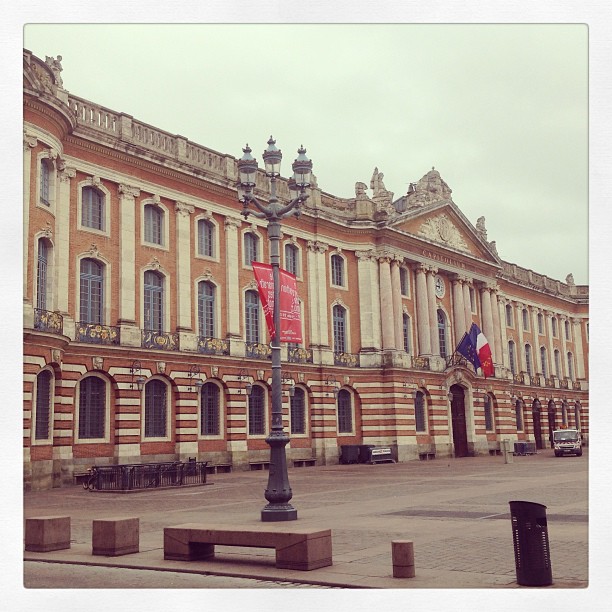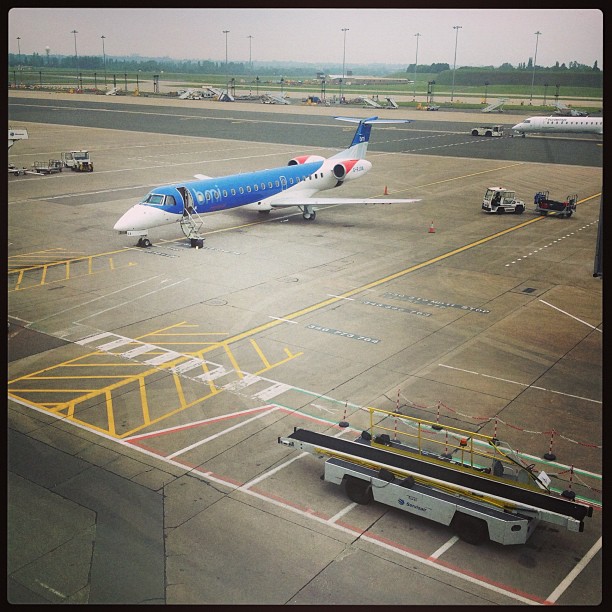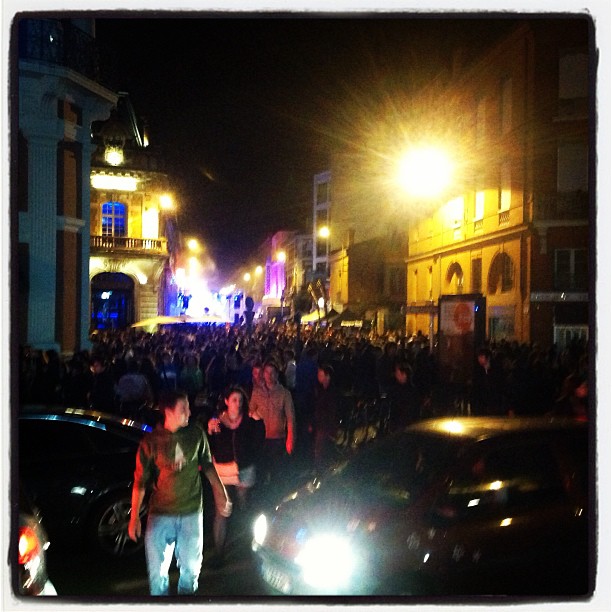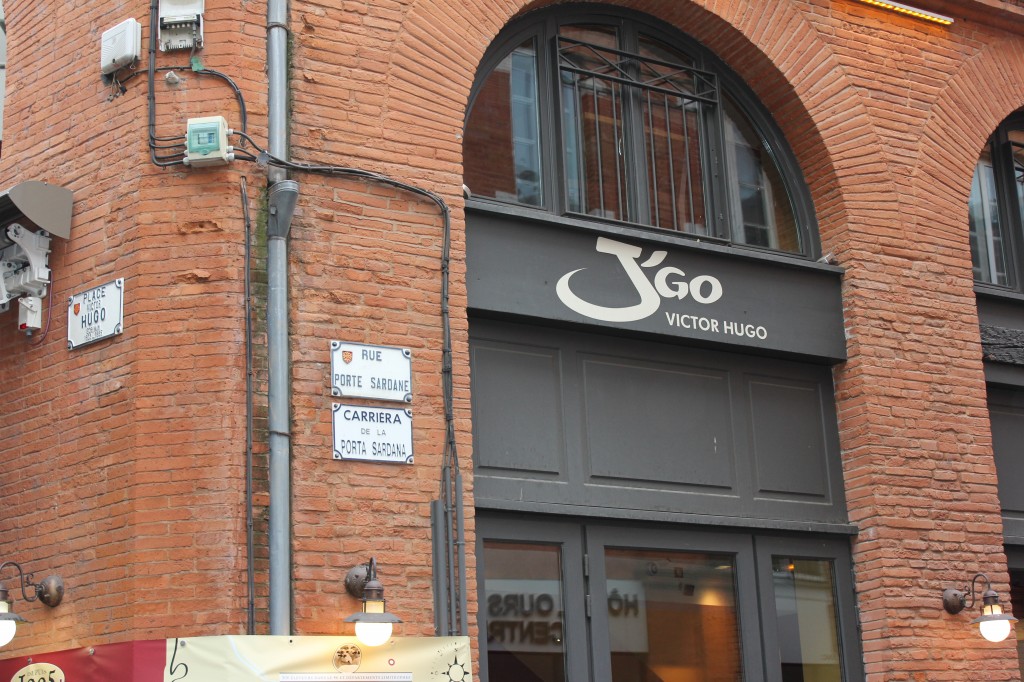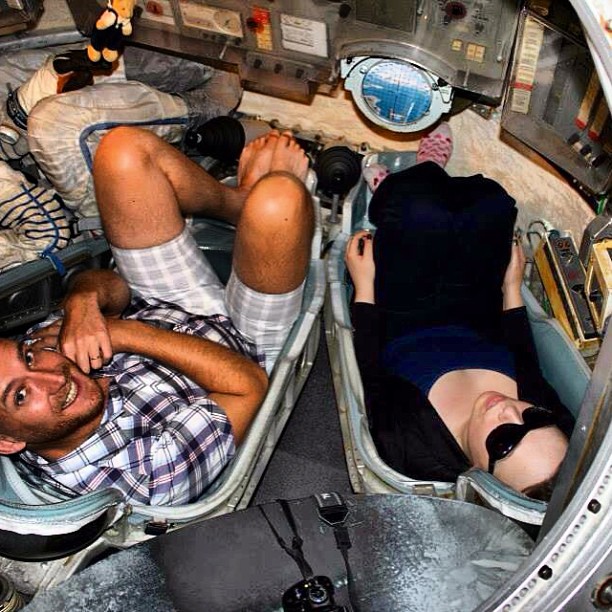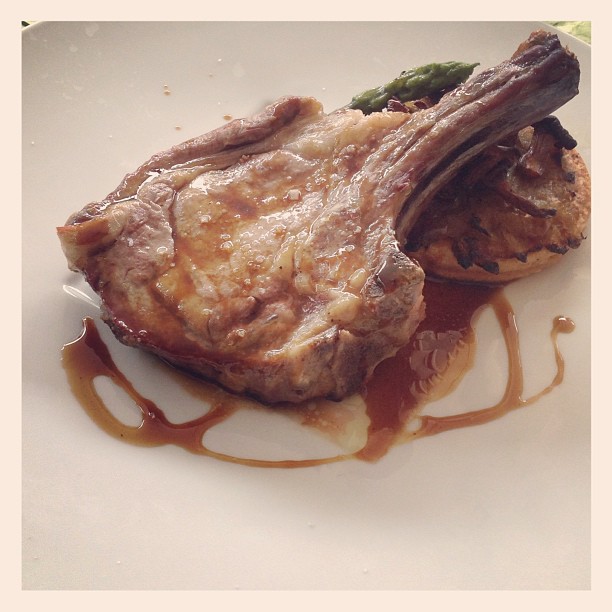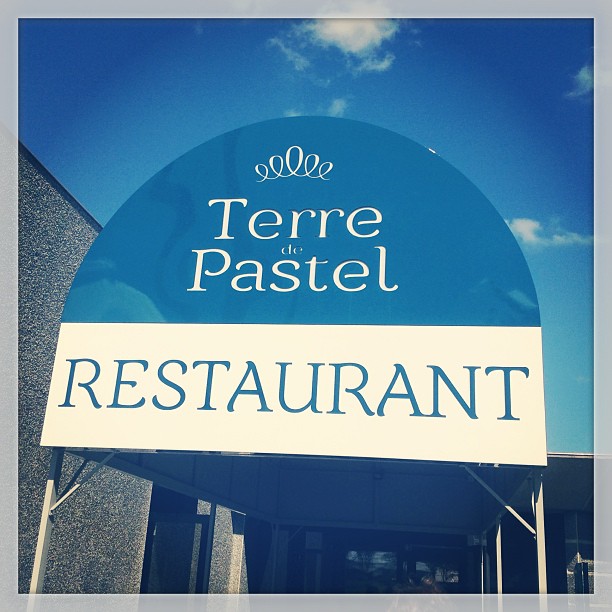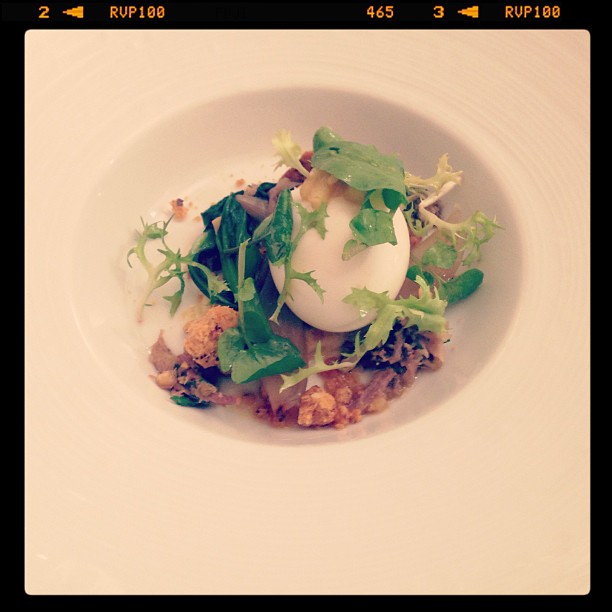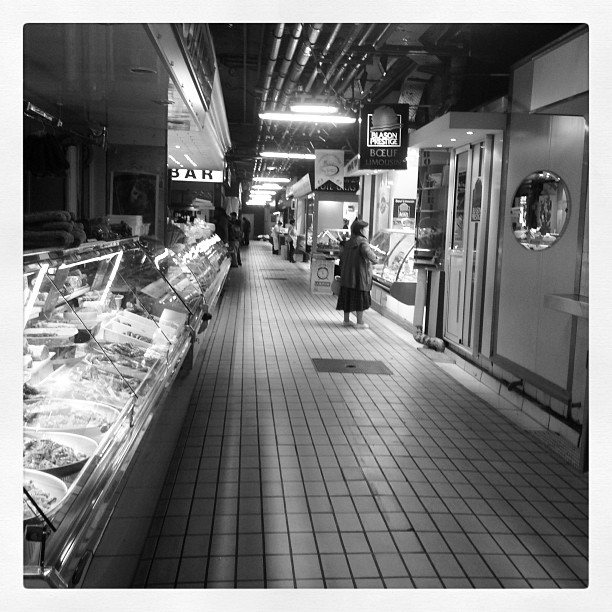Sometimes it is hard being a writer and editor, especially one with their own magazine. Going to the South of France to review Toulouse was not one of those times. In fact, it is now one of my favourite places in the entire world and I will definitely be returning. The Pink City of Haut-Garonne is called the pink city because of the brickwork of the buildings. It is the 4th largest city in France with 437,000 inhabitants and it is beautiful, dynamic and friendly.
We flew with BMI Regional via Birmingham. We also had a great time in the No.1 Traveller lounge at Birmingham Airport before flying to Toulouse Business Class. The flight was incredibly enjoyable and included free food and drink. The service on-board was also great. Our air steward, Michael Love, seemed to know what we wanted before we did and kept us happy with Gin & Tonics and brilliant, yes it is possible, plane food.
Toulouse is the birthplace of Concorde, the Ariane Rocket and the home of Airbus.Toulouse has also had a 100-year love affair with rugby. Stade Toulousain are one of the Northern Hemispheres best teams. 7 million passengers are transported via Toulouse Blagnac Airport every year.
Toulouse has more than 2000 hours of sun a year and more than 1000 restaurants. Sold yet? Whether the answer is yes or no, read on….
We arrived in Toulouse via Toulouse Blagnac Airport, a beautiful and stylish airport and made our way to our hotel, the Citiz Hotel, a modern four star hotel in the heart of Toulouse. It opened in 2010. The hotel has air-conditioning, free wifi and a car park near the hotel entrance. The hotel faces Wilson square and is only a 15 minute drive from Blagnac airport. My hotel room was incredibly stylish, the bed was large and comfy, the bathroom was elegant and the shower powerful. There was a minibar, safe and a flatscreen TV. I also had a balcony and a wardrobe. The hotel also does a great breakfast spread and the staff are very helpful.
Rio Loco, the world music festival that happens every year on the 21st of June to get all of France partying, happened while we were there. We had lots of fun listening to all of the different music and went to bed in the early hours.It was like one huge street party. Definitely recommended.
We went on a walking tour offered by the Toulouse Tourist Board.This was informative and very enjoyable, a great way to see the city. Great things to see include The Capitole (the City Hall), Saint-Sernin Basilica, The Jacobins Convent, The Hotel d’Assezat (built by Nicholas Bachelier for Pierre d’Assezat who made his fortune from Woad, a plant used in dyeing. More of which later), the river Garonne and The Augustins Museum, an amazing fine arts museum with beautiful pieces. It has a lot of 19th century sculptures.
J’Go, 16 Place Victor Hugo, 31000 Toulouse. Tel: 05 61 23 02 03. They accommodate people regardless of importance and budget and have authentic cuisine from the love of Gascon culture. The fruit and vegetables are grown by farmers in the South West and is in season. They also buy the whole carcass of animals from farmers in their region. The food we had was amazing and a brass band started playing outside while we were eating. The waiter also really knew his stuff. Check the pictures out here.
Cite de L’Espace. Avenue Jean Gonord – BP 25855 – 31506 Toulouse cedex 5. This wonderful space adventure theme park is dedicated to space. We went to Mars (Almost), walked on the moon thanks to the Moonrunner (I was six times less than my usual weight, which was great!), and saw a documentary on the Hubble Telescope in their glorious IMAX Big Screen 3D cinema. The theme park covers 5 hectares and receives 270,000 visitor a year, but it should be more, Globally, 50 million Euro has been invested into the Cite de L’Espace and it shows in the quality. They do tours in English in the summer and have had over 4 million visitors.
There is also a 53 meter high Ariane rocket, I am now one of the privileged few to go into Soyuz Vessel, the indestructible Russian spacecraft. There was authentic Moon Rock on loan from NASA which was brought back by astronauts during the Apollo 15 landing, rock from Mars, great photos which show how the earth looks from up close, to outer space, there is also exhibitions, a children’s area, a planetarium, restaurant and lots of experiments to test yourself on. Do not go to Toulouse and not go to the Cite de L’Espace. It is a must visit.
Cite de L’Espace is accessible to disabled people.
Le Chai Saint-Sauveur, 30 rue Bernard-Mule- 31400 Toulouse. Tel: 05 61 54 27 20
This was a brilliant restaurant with a rustic, country feel. The food was amazing and so were the staff. Highly recommended. See the food here.
Terre de Pastel is a museum, boutique, spa and restaurant opened in June 2013 in Toulouse-Labege. The spa is amazing, with lots of different treatments, an idyllic swimming pool, sauna, Turkish bath, jacuzzi, herbal tea shop and a gym. The museum is informative, telling the story of the woad plant which is responsible for the pastel, the wonderful blue colour. You will learn about the history of blue, the symbol of blue, traditional applications and all about the woad plant, which grows in a field and looks like a rapeseed field; pretty and yellow. Sandrine Banessy, the owner and also author of books on woad, showed us how the woad dyes fabric. It was incredibly interesting and the woad will continue to dye the fabric blue until the fabric is dry.
The shop at Terre de Pastel made me want to spend all of my euros and go over my luggage allowance. There is a great selection of homeware, cosmetics, food, haberdashery and books. It is almost all blue. There is also a restaurant with great food and wine.
Le Py-R. 19 descente de la Halle aux Poissons – 31000 Toulouse. Tel: 05 61 25 51 52. Chef Pierre Lambinon has won many awards and it was easy to see why, the food in his small gastronomic restaurant was amazing and unique. Pictures here.
The Victor Hugo Marketplace. This is the most prestigious marketplace in all of France. It has 5 small restaurants on its upper floor. I bought some great cheese here.
All of the above places are where you should go if you visit Toulouse. It is a wonderful city and everyone I know loves it. Frost loves….
For more pictures check out Toulouse in Instagram Pictures Part 1, 2 and 3.
Get the Toulouse en Liberte City Card at the Tourism Office to get more than 250 discounts on hotels, restaurants, museums, shops and tours.You can also explore by boat.
www.tourisme-midi-pyrenees.com
Have you ever been to Toulouse? Make recommendations below.
About No.1 Traveller – fast facts
· No.1 Traveller specialises in premium hospitality and provides a complete ‘driveway to runway’ service – smart Chauffeur-driven airport transfers, express train tickets, airport parking, airport meet-and-greet and airport lounges (No.1 Traveller’s own collection, plus associate lounges abroad)
· It works with airlines, businesses and individuals to offer a convenient and comfortable service to take the stress out of going to and through airports – the smart traveller’s choice
· No.1 Traveller can be booked by anyone at www.No1Traveller.com or passengers can make their way to the reception of the airport lounge on the day
Airport lounge: Birmingham
· Opened October 2012; the first of No.1 Traveller’s lounges outside London
· Accessible to all passengers travelling through the airport
· Open daily from 0430hrs – 2030hrs; facilities include a range of seating areas across two levels, fully-tended bar, bistro area serving complimentary hot and cold dishes, complimentary newspapers, magazines and internet access
· Entry £27.50 per adult at reception, for up to three hours access (children £17.50 each), £22.50 if booked in advance (children £15)
BMI regional operates over 450 flights a week throughout the UK and Europe with one way prices starting from £59. bmi regional flies from Aberdeen, Antwerp, Bristol, Bremen, Billund, Birmingham, Bristol, Brussels, Copenhagen, Glasgow, Gothenburg, East Midlands, Edinburgh, Esbjerg, Frankfurt, Hannover, Hamburg, Lyon, Milan, Munich, Norwich, Manchester, Toulouse and Zurich. All flights include complimentary food & drink on-board, free 20kg hold baggage allowance and 30 minute check-in. bmi regional is the world’s most punctual airline having recently been crowned the title for the 8th consecutive year. For more information, visit www.bmiregional.com.

